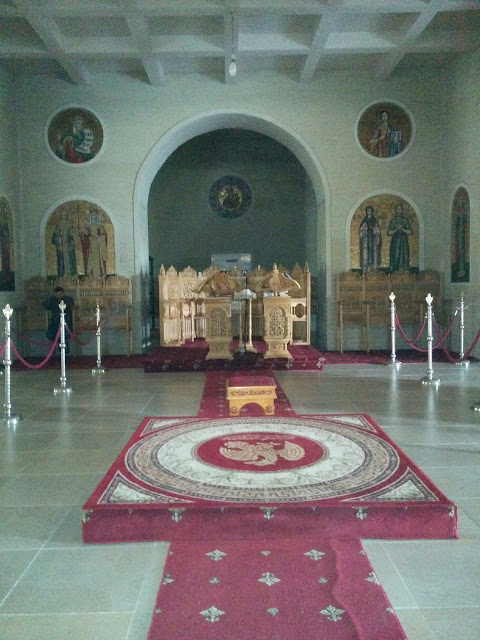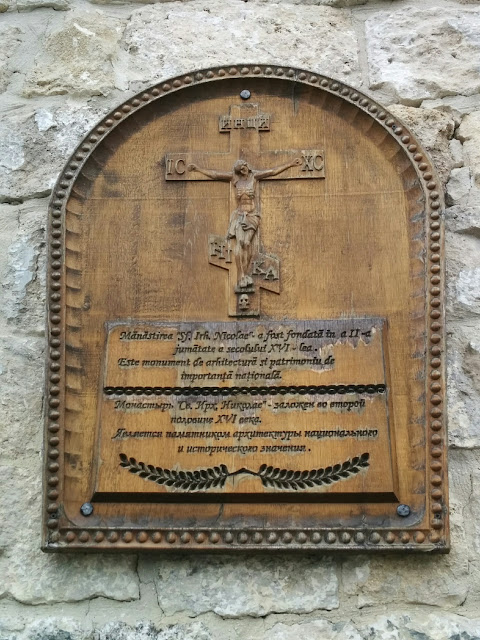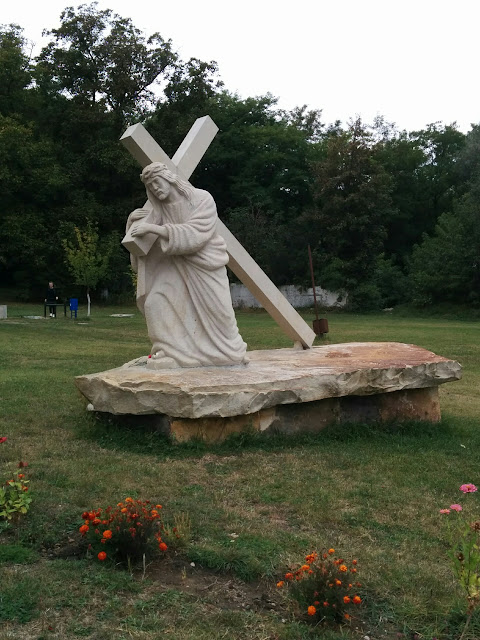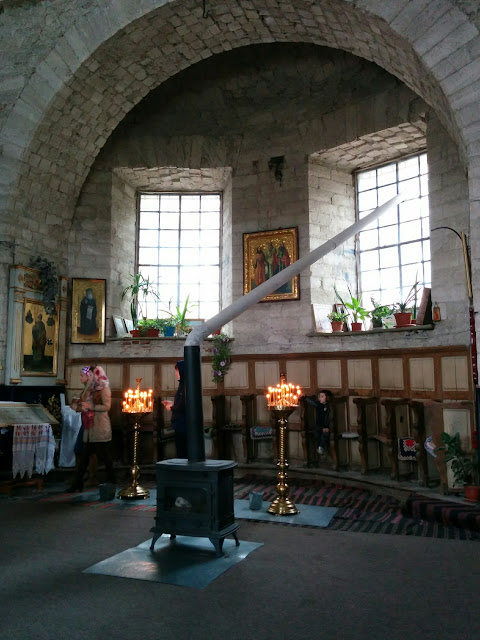Moldova's wine industry is comprised of several large wineries and many small ones Most of the commercially produced wine is exported with Russia having been the largest buyer of Moldovan wine until July 2014 when Moldova signed an association agreement with the European Union (EU). In response Russian President Vladimir Putin placed an import ban on Moldovan fruits, vegetables and wine. The result has been an added economic hardship for Moldova, Europe's poorest country. A shift in exports has since occurred with the European Union becoming a major importer of Moldovan wine including the Czech Republic, Poland, Romania, Slovak Republic, Germany and Great Britain. Other countries importing Moldovan wine include China, Japan and the United States.
Domestically Moldovans prefer and pride themselves on 'vin de casa' or homemade wine. Wine that is commercially produced is available in stores and restaurants and consumed in homes in Chișinău and other cities. In the villages, bottled commercial wine can be purchased, but mostly homemade wine is consumed and gifted in plastic bottles to neighbors and guests. (Plastic bottles from the purchase of water and soda are saved and filled with homemade wine to give or take to others.)
In the villages almost if not every house makes wine. Grapes are grown in the garden or yard surrounding the house and on plots of land in the plateaus or hills surrounding the residential area of the village. In Spring the soil and vines are tended with people working many hours on days taken off from work, after work or on Saturdays. Hopefully following a good growing season with lots of sun and enough rain, the grapes are harvested in September.
Toamna or Autumn is extremely busy in the villages with villagers again working long hours away from and in addition to their normal routine and work. The fruits and vegetables from the gardens and surrounding fields are harvested and conserved for home use during the long winter months. And of great importance is the harvesting of the grapes and production of wine. Each house has its own method of making wine and the type of wine: red and/or white; and dry, semi-sweet and/or sweet. And many also produce rachiu or brandy from fruits for holidays and special occasions.
My host family grows grapes on vines in the yard and also in the hills of the village. In September they hand pick the grapes, ferment them in wooden barrels in the yard and then extract the juice with a hand operated crusher. The work is labor intensive and the entire process takes several weeks with the wine finally being produced in October. The wine is stored in large steel drums in the cool cellar.
Both red and white wine are made by my host family. They add no chemicals and/or sugars so that the wine is completely natural. Without the addition of sulfites it is usually consumed within the year. Wine made in October is generally not consumed until after the New Year and Orthodox Christmas on January 7.
Winemaking is part of the village way of life and a living tradition. Moldova produces very good wine both commercially and at the hands of its people who pass along their homemaking processes and recipes from generation to generation. Any visit to Moldova is not complete without a glass of vin de casa. Noroc!! (Cheers)



























































































